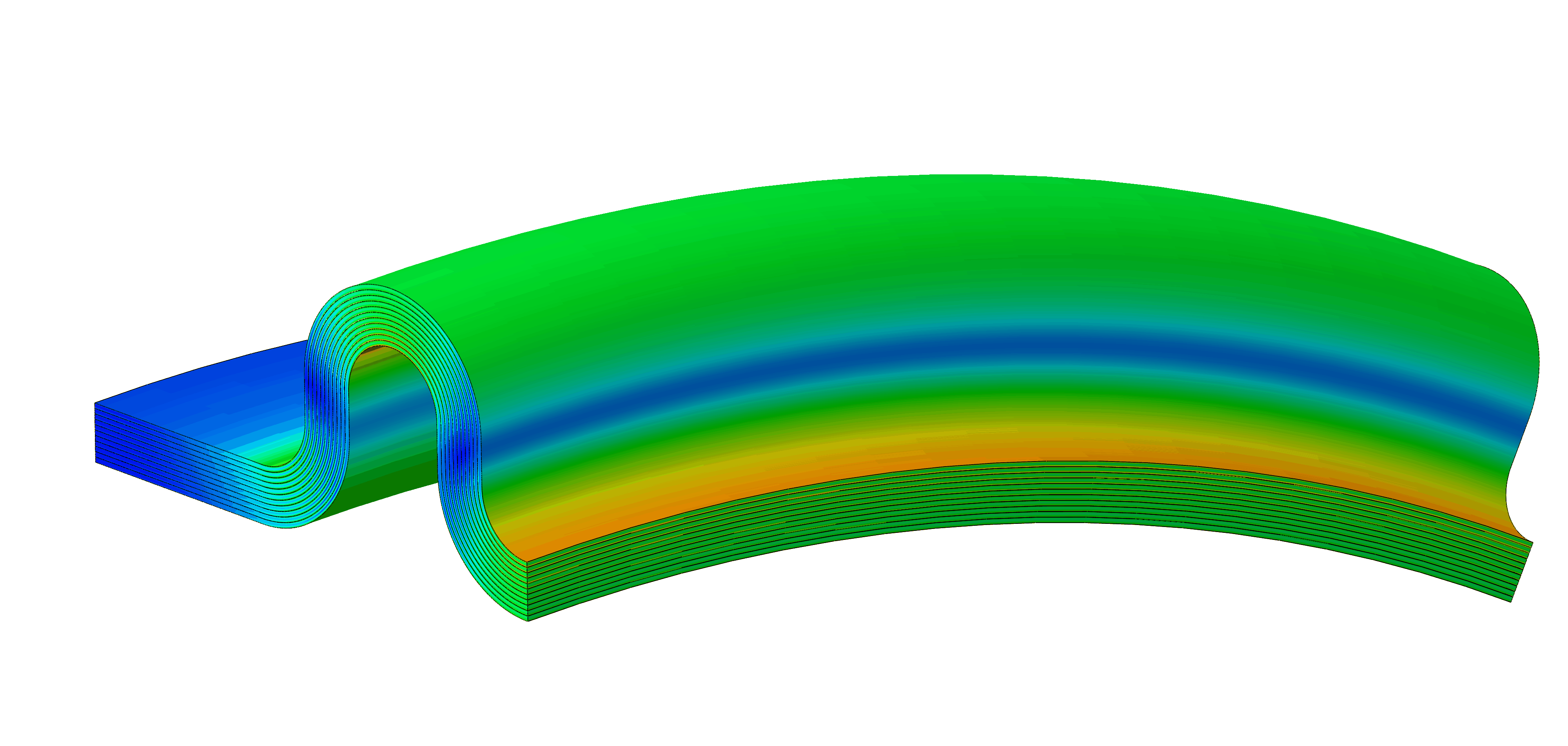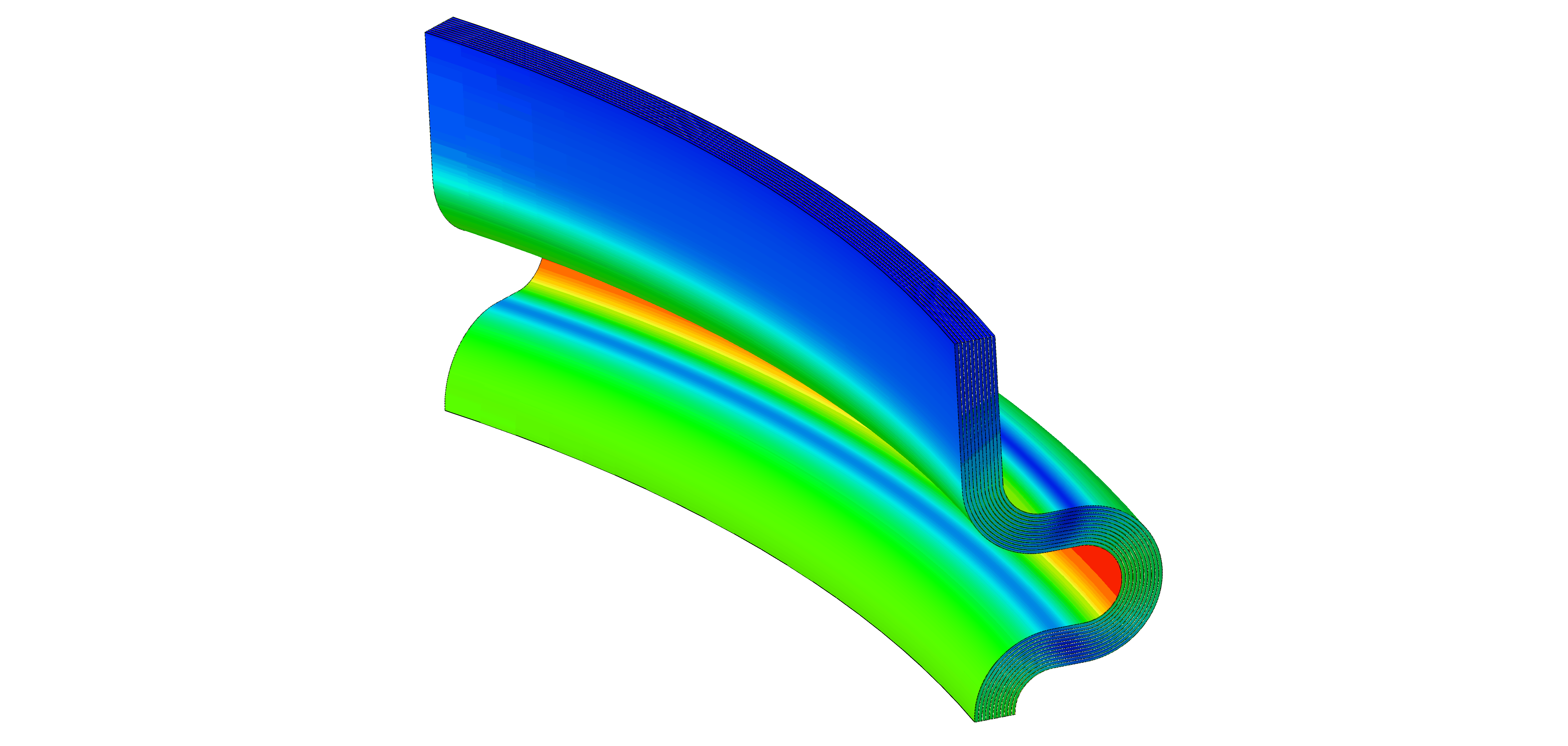
FEC was approached by one of our clients who had been supplied an expansion bellows in the repaired condition. During fabrication of a shell and tube heat exchanger, its laminated style expansion bellows was accidentally damaged in a grinding operation. Damage to the multi-ply groove had been weld repaired. Naturally, concerns were raised over the effect of the weld on the structural integrity and ongoing reliability of the bellows. A detailed investigation using FEA and fracture mechanics principles were used to evaluate the effect of the repair on the bellows’ pressure capacity and fatigue performance.
A number of concerns were raised on receipt of the item, specifically:
- the impact of introducing weld metal into the bellows geometry on fatigue performance of the bellows;
- the impact of introducing weld into the bellows on the static pressure capacity; and
- the effect that potential defects within the welded region will have on both static pressure capacity and fatigue rating of the bellows.
As with any weld, there was a reasonable level of risk that defects could exist in and around the welded region. In this instance, those considered possible were volumetric defects within the weld repair metal and crack-like flaws in the plies immediately underneath the weld repair metal.
With the available inspection techniques, the ability to capture the existence and size of all defects within the vicinity of the weld was uncertain. Using the results of all inspection techniques employed, a risk based approach was applied to conclude that the longest defect that could have gone undetected was up to 5mm in length in any direction within the weld repair and / or up to 5mm in length located in the plies immediately below the weld repair.
Finite element analysis was used to demonstrate that the location of the weld repair was in a region of lower stress when the bellows were subject to internal pressure and axial extension loadings. The stress analysis indicated that the condition of the bellows remained compliant to ASME Section VIII Div. 2 design by analysis principles after the weld-repair.
Fatigue analysis of the welded bellows in accordance with ASME Section VIII Div. 2 indicated that the bellows would have a useful service life of between 239 cycles and 1470 cycles. The potential crack-like flaw was super-imposed on the weld-repaired bellows geometry and assessed for brittle fracture and fatigue crack growth using BS 7910 fitness for service principles. It was found that the proposed defect size presented minimal risk of brittle fracture under design conditions. A further assessment was completed to determine the critical crack length for a defect. Approximately 2600 cyclic applications of design internal pressure and axial extension was required to propagate the initial 5mm length defect to be of critical length.
Due to the criticality of this piece of plant, unscheduled maintenance would have proved costly and caused significant loss of operation. The methodology applied in this analysis allowed the client to keep this long lead time item temporarily in service until a planned shutdown.

